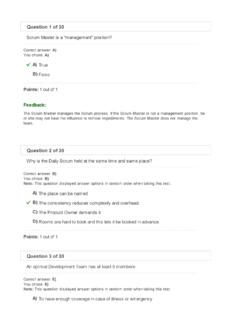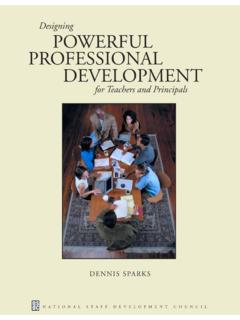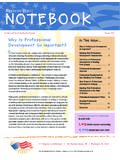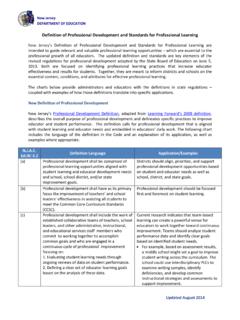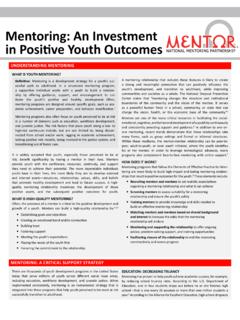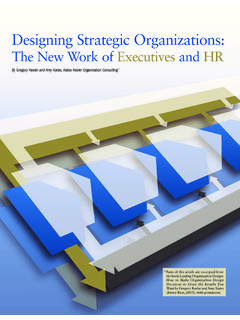Transcription of .NET Tutorial for Beginners - Mentorum
1 India Community Initiative .NET Tutorial for Beginners Special thanks to the following who have put in sincere efforts to write and bring this Tutorial together. Akila Manian (MVP) | Ajay Varghese (MVP) | Amit Kukreja | Anand M (MVP) | Aravind Corera (MVP) | Arvind Rangan | Balachandran | Bipin Joshi (MVP) | C S Rajagopalan | G Gokulraj | G Arun Prakash | Gurneet Singh (MVP) | Kunal Cheda (MVP) | Manish Mehta (MVP) | Narayana Rao Surapaneni (MVP) | Pradeep | Saurabh Nandu (MVP) | Shankar | Swati Panhale | Reshmi Nair Content 1. Getting Ready .. 4 Tracing the .NET Flavors of . Features of . 10 Installing the .NET Framework 12 2. Introduction to the.
2 NET Initiative and the .NET Platform .. 15 Understanding the Existing Development 15 Challenges faced by 18 NET Philosophy / Where does .NET fit in? .. 21 Understanding the .NET Platform and its layers .. 25 Understanding the various components of the .NET Platform and the functions performed by them .. 30 Structure of a .NET 37 3. Code 43 43 First / C# program .. 45 JIT (Just in-Time Compiler) & Debugging .. 51 Managed Vs. Unmanaged Methods/Transitions .. 56 Summary .. 61 4. Language Features of C# .. 62 History of C# .. 62 Language Fundamentals in C# .. 63 Control 74 Arrays .. 83 5. Language Features of .. 88 History of .. 88 Language Fundamentals in.
3 89 Features of .. 99 Control 107 Arrays .. 115 6. Object Oriented Programming Concepts .. 122 Concept of Procedural 123 Object Oriented Programming .. 126 127 127 Inheritance .. 128 Polymorphism .. 129 Understanding CSharp and as Object Oriented Programming 132 Polymorphism .. 149 Abstract Classes (Virtual Class) .. 157 Interfaces .. 161 Delegates and Events .. 163 168 Sample Application: OOPS .. 170 7. Error and Exception 172 Need for Error 172 Old-school unstructured exception handling in VB and its 173 Structured Exception Handling in C# .. 174 : The mother of all exceptions .. 177 Handling exceptions that are not 190 191 Understanding Application exceptions (user-defined or custom exceptions).
4 191 Nesting try/catch/finally blocks and re-throwing exceptions .. 198 Parting 211 8. Assemblies and Application Domains .. 212 212 Assembly 212 Private 217 Shared 217 Application 218 Conclusion .. 223 1. Getting Ready Section Owner: Ajay Varghese (MVP) Content Contributors: Bipin Joshi (MVP) Welcome friends to the exciting journey of Microsoft .NET. If you are looking for informat ion about what .NET is all about, what it can do for you or how it can help you and your customers, you have come to the right place. This section is intended to tell you about these and many more things. After covering this section you will be ready to delve into details of.
5 NET. The section is divided into following sub-sections: 1) Tracing the .NET History 2) Flavors of .NET 3) Features of .NET 4) Installing .NET Framework SDK The first sub-section will introduce you with how .NET evolved and the path of .NET since its Beta releases. The second sub-section will introduce you with various flavors and their respective SDKs. It also gives overview of Visual an excellent IDE for developing .NET applications. It is necessary to understand the features of .NET that make it robust, programmer friendly, powerful and flexible. The third sub-section is intended just for that. It gives overview of technical features that make .NET shine over traditional programming environments.
6 The final sub-section tells you how to install .NET framework SDK, what are the system requirements and related topics. Tracing the .NET History Sometime in the July 2000, Microsoft announced a whole new software development framework for Windows called .NET in the Professional Developer Conference (PDC). Microsoft also released PDC version of the software for the developers to test. After initial testing and feedback Beta 1 of .NET was announced. Beta 1 of the .NET itself got lot of attention from the developer community. When Microsoft announced Beta 2, it incorporated many changes suggested by the community and internals into the software. The overall Beta phase lasted for more than 1 years.
7 Finally, in March 2002 Microsoft released final version of the .NET framework. One thing to be noted here is the change in approach of Microsoft while releasing this new platform. Unlike other software where generally only a handful people are involved in beta testing, .NET was thrown open to community for testing in it s every pre-release version. This is one of the reasons why it created so many waves of excitement within the community and industry as well. Microsoft has put in great efforts in this new platform. In fact Microsoft says that its future depends on success of .NET. The development of .NET is such an important event that Microsoft considers it equivalent to transition from DOS to Windows.
8 All the future development including new and version upgrades of existing products will revolve around .NET. So, if you want to be at the forefront of Microsoft Technologies, you should be knowing .NET! Now, that we know about brief history of .NET let us see what .NET has to offer. Flavors of .NET Contrary to general belief .NET is not a single technology. Rather it is a set of technologies that work together seamlessly to solve your business problems. The following sections will give you insight into various flavors and tools of .NET and what kind of applications you can develop. What type of applications can I develop? When you hear the name .NET, it gives a feeling that it is something to do only with internet or networked applications.
9 Even though it is true that .NET provides solid foundation for developing such applications it is possible to create many other types of applications. Following list will give you an idea about various types of application that we can develop on .NET. 1. Web applications: These include dynamic and data driven browser based applications. 2. Windows Form based applications: These refer to traditional rich client applications. 3. Console applications: These refer to traditional DOS kind of applications like batch scripts. 4. Component Libraries: This refers to components that typically encapsulate some business logic. 5. Windows Custom Controls: As with traditional ActiveX controls, you can develop your own windows controls.
10 6. Web Custom Controls: The concept of custom controls can be extended to web applications allowing code reuse and modularization. 7. Web services: They are web callable functionality available via industry standards like HTTP, XML and SOAP. 8. Windows Services: They refer to applications that run as services in the background. They can be configured to start automatically when the system boots up. As you can clearly see, .NET is not just for creating web application but for almost all kinds of applications that you find under Windows..NET Framework SDK You can develop such varied types of applications. That s fine. But how? As with most of the programming languages, .NET has a complete Software Development Kit (SDK) - more commonly referred to as.

